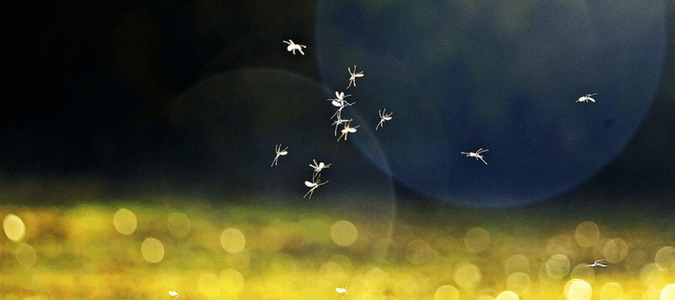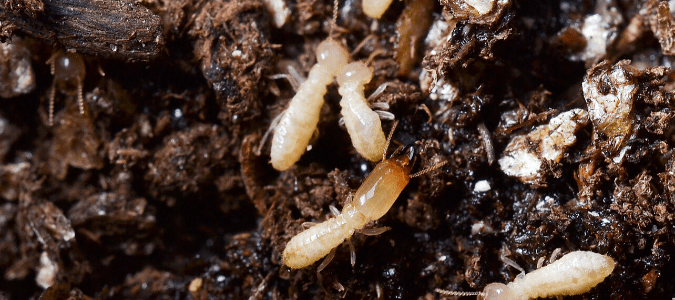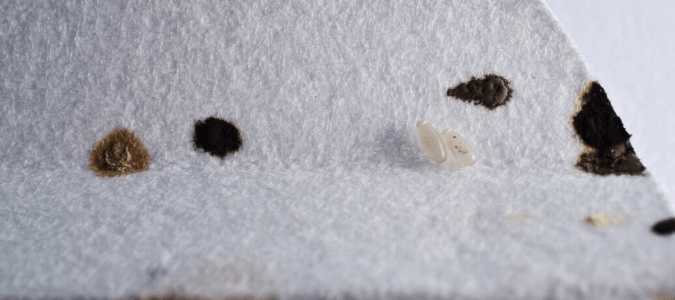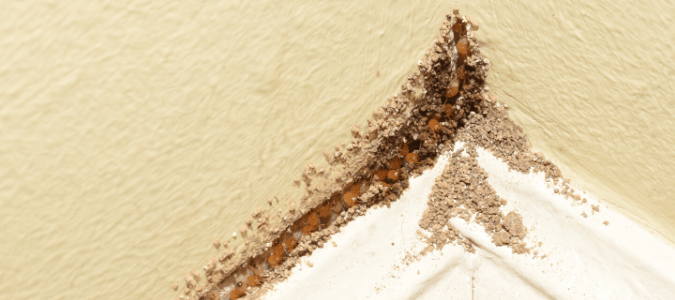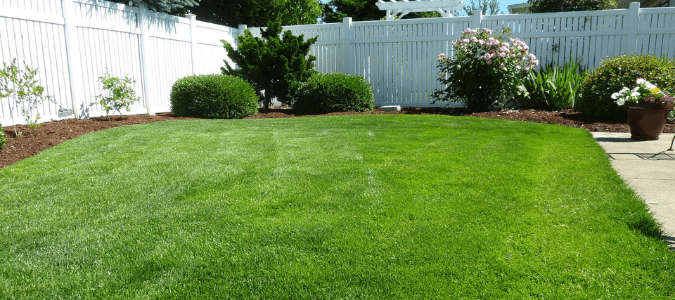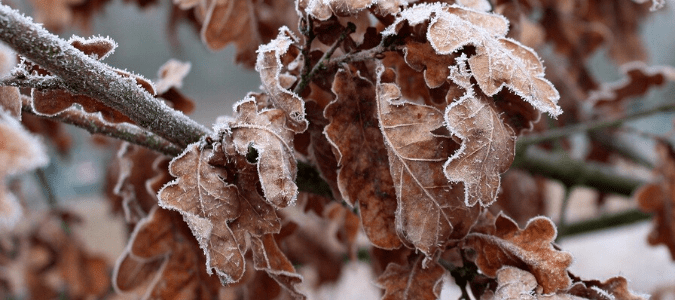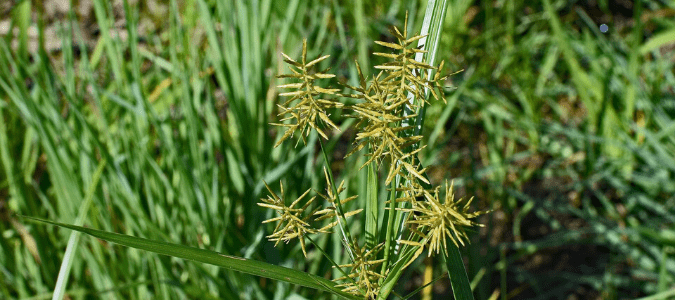How To Get Rid Of Fleas On Humans And Pets
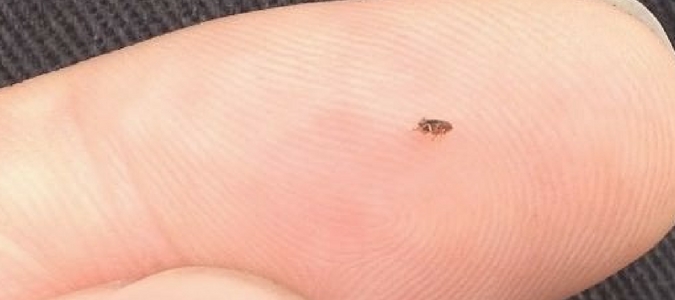
You’re tired of those itchy flea bites on your skin and you know the rest of your family is feeling the same way. Your pets’ constant itching is enough to make you believe that they are also miserable. It feels as if every time you walk across your carpet or sit down on your couch, more bites appear. While you can hop in the shower every time you’re in a flea-infested area of your home, doing so will only get rid of those fleas on your skin. Because fleas prefer dogs or cats, these bothersome pests are more likely to hop off of us and go searching for another creature to feed on.
Additionally, if your flea problem has come to the point where these fleas are biting you, you likely have a full-blown infestation in your home. This means to get rid of fleas on humans, you’re going to have … Read Full Post »
